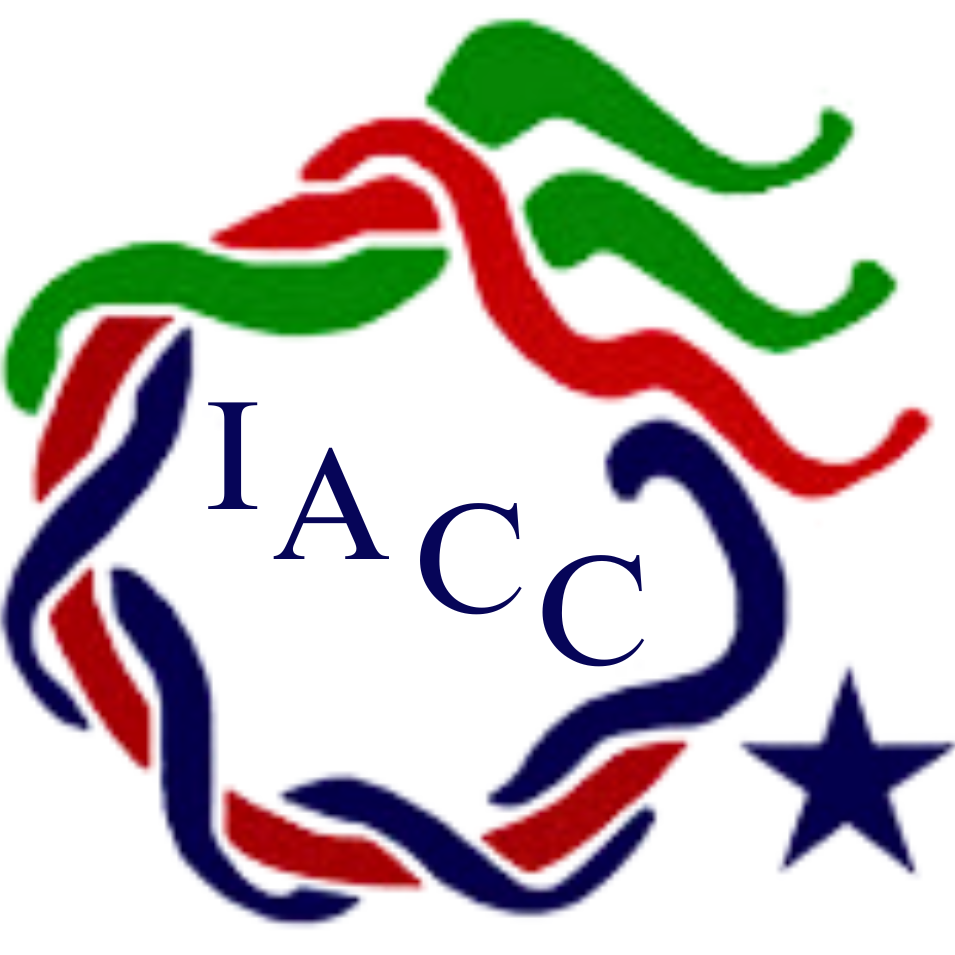Chaharshanbeh Suri
Flames of Tradition, Light of Hope
Chaharshanbeh Suri is a vibrant Persian festival held on the eve of the last Wednesday before Norouz, where people jump over bonfires to cleanse away negativity and welcome the new year.
Chaharshanbeh Suri
Chaharshanbeh Suri is an ancient Persian festival celebrated on the eve of the last Wednesday before Norouz, the Persian New Year. The festival, which means “Wednesday Feast,” has its roots in Zoroastrianism, where fire is considered a sacred element representing purity, light, and the presence of divine energy. Charshanbeh Suri is a time for people to gather in the streets, light bonfires, and participate in various rituals that symbolize the cleansing of the soul and the renewal of energy as they prepare for the coming year.
Historical and Cultural Significance
The origins of Chaharshanbeh Suri date back to pre-Islamic Persia and the Zoroastrian belief system. In Zoroastrianism, fire is a purifying force, and jumping over flames was believed to rid participants of illness, bad luck, and negative energies, preparing them for a fresh start in the new year. Over time, this fire-jumping ritual became central to Charshanbeh Suri and was adopted by various cultures within and beyond Persia, as the festival spread across regions influenced by Persian traditions.
The festival usually begins in the late afternoon as families and neighbors gather to light small bonfires in public squares, parks, or streets. As darkness falls, people leap over the flames while chanting the famous phrase, “Zardi-ye man az to, sorkhi-ye to az man,” which translates to “Take my yellow hue (symbolizing sickness and negativity) and give me your red hue (symbolizing health and vitality).” This ritual serves as a symbolic transfer of negative energy to the fire, while the flames, in turn, grant strength and purification.
Traditions and Customs
Chaharshanbeh Suri is a night full of lively traditions and symbolic activities:
- Fire-Jumping: The central activity of the festival is jumping over bonfires, which represent light and warmth. By leaping over the flames, participants symbolically rid themselves of the past year’s troubles, preparing to enter the new year with renewed energy and health.
- Pot-Banging (Ghashogh Zani): In some areas, children and young adults wear disguises and go door-to-door banging on pots with spoons, asking for treats or small gifts. This practice is similar to trick-or-treating in Western cultures and is believed to bring good luck.
- Lighting Fireworks: Fireworks and firecrackers are often set off throughout the evening to add excitement to the festival. The loud noises are believed to scare away evil spirits and bad omens.
- Fortune Telling: Some families consult fortune tellers or participate in rituals that involve making wishes for the new year. This might include interpreting dreams, reading tarot cards, or other methods of divination.
- Special Foods: Charshanbeh Suri is also associated with certain foods that are believed to bring good fortune. Ajil-e Moshkel Gosha, a mix of nuts and dried fruits, is traditionally consumed during the festival. Its name means “the problem-solving mix,” and it is said to bring luck and help overcome difficulties. Families often prepare large meals, gathering around the table to share stories, food, and warmth as they celebrate the night together.
Themes of Renewal and Togetherness
The fire-jumping ritual of Chaharshanbeh Suri represents much more than physical agility; it is deeply symbolic of personal and communal renewal. The flames cleanse individuals of the year’s past troubles and prepare them to embrace the light and hope that Norouz brings. It is a night to leave behind worries and ill fortune and to enter the new year with health, happiness, and strength.
In addition to individual cleansing, Charshanbeh Suri also fosters community spirit. Neighbors, friends, and family members come together to light fires, share food, and engage in traditional activities, reinforcing bonds and emphasizing the importance of collective celebration and well-being. The festival brings people out of their homes and into public spaces, promoting unity and joy across communities.
Modern-Day Celebrations
Today, Chaharshanbeh Suri continues to be widely celebrated in Iran, Afghanistan, Azerbaijan, and among Persian-speaking communities around the world. While the festival’s core traditions remain intact, the ways in which it is observed have evolved in urban settings. In cities, large public gatherings and organized events are often held in parks or designated areas, where families and individuals gather to celebrate safely.
Fireworks have also become a major part of the modern-day festival, with many people lighting sparklers, firecrackers, and small fireworks in addition to the traditional bonfires. These displays add a visual element of celebration and excitement, creating a festive atmosphere.
However, in some regions, the use of large firecrackers and explosives has raised concerns over safety. In response, communities and local governments encourage people to celebrate responsibly, keeping the focus on the traditional, symbolic aspects of the festival rather than excessive firework use.
Conclusion
Chaharshanbeh Suri is a vibrant, energetic festival that combines ancient traditions with the joy of communal celebration. It marks a period of renewal, cleansing, and preparation for the new year, where fire plays a central role in symbolizing the removal of negativity and the welcoming of health and prosperity. Whether observed through the timeless ritual of fire-jumping or modern gatherings filled with fireworks and joy, Charshanbeh Suri remains a cherished part of Persian culture, bringing people together to celebrate light, hope, and the promise of a fresh start.
